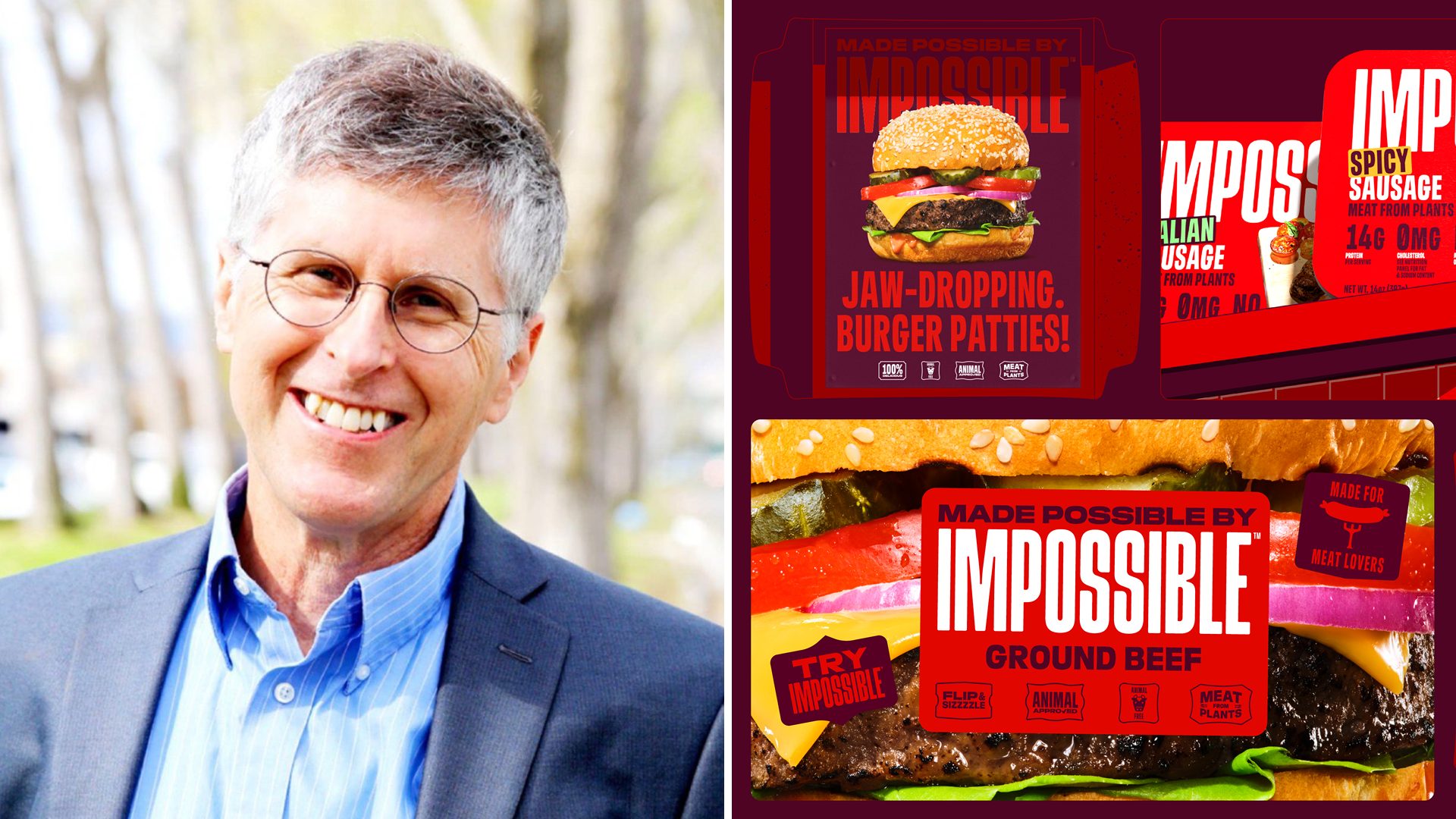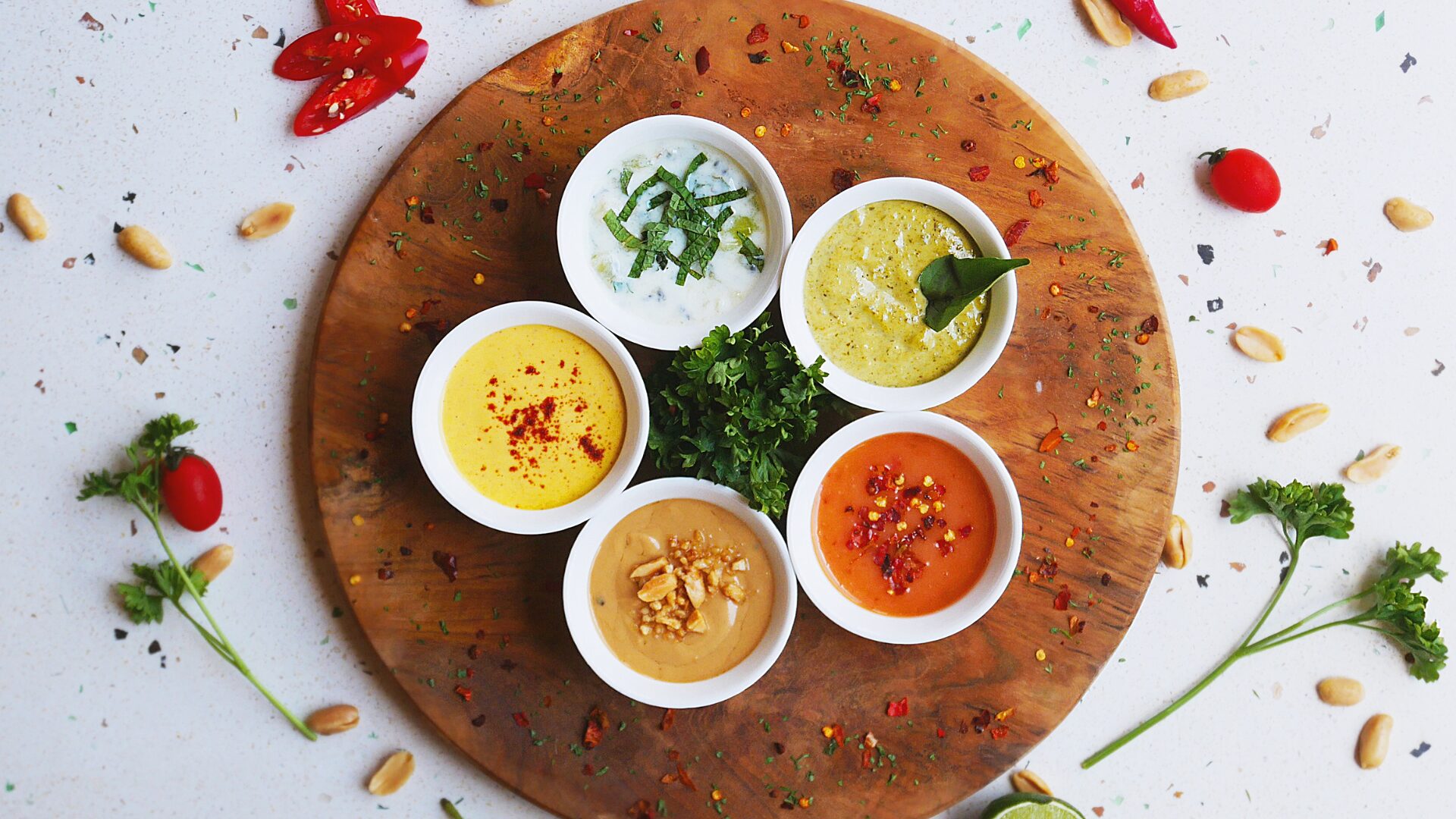This article is written and sponsored by Future Market Insights.
Some time around 8000 B.C., among the rolling hills of ancient Africa, a dusty traveler made an accidental, yet incredible gastronomic discovery. The weary herdsman – who was thirsty from a long, hot journey – reached for his sheepskin bag of milk attached to the back of his pack animal. However, when he tried pouring the warm liquid, he was amazed to find that the milk has curdled. The constant joggling of the milk had transformed it into butter!
From the Neolithic-era accident to becoming a tabletop staple, butter has had an exceptional ride over the past 10,000 years. More recently, food industry innovation and changing consumer preferences across the globe have resulted in a wide range of other spread products, such as yeast spreads, honey spreads, dairy spreads, plant- and meat-based spreads, and margarines.
According to market research firm Future Market Insights (FMI), the global spreads market is projected to reach US$ 49.82 Bn by 2031 and exhibit a CAGR of 6.3% from 2021 to 2031. The high demand for artisan bakery products, sauces, and gourmet jams is set to propel the sales of spreadable condiments in the forthcoming years.
To keep up with the increasing consumer demand for different types of food spreads, numerous manufacturers are striving to consistently upgrade their inventories with state-of-the-art offerings. They are also opting for e-commerce sales channels, such as Amazon, BigBasket, and Walmart to provide consumers with a wide range of options.
How is the Premiumization Concept Shaping the Food Spreads Sector?
The rising popularity of premiumization, especially in developed countries, is compelling manufacturers to go beyond pricing to deliver a grander experience and superior quality products. This novel concept of premium spreads is enabling consumers to pay more for products equipped with various health benefits. They are demanding value-added products with quality ingredients that would not only provide a sensory indulgence but also meet their basic dietary and health needs.
Truly Grass Fed, an Ireland-based premium brand of sustainably-produced dairy products, announced that it will be launching its latest spreadable butter tubs at the 2022 Winter Fancy Food Show that will be held from February 6 to 8. The butter is made with only two ingredients, namely, salt and fresh sweet cream.
On the other hand, in January 2022, Jobbie Nut Butter teamed up with ZOTAC Gaming Malaysia to introduce the Pong Berry Matrix Peanut Energy Crunch. It was specially developed for gamers and contains dry roasted peanuts, freeze-dried strawberries, and blueberries to help promote cognitive and brain functions, as well as eye health. The development of such unique products by various brands is likely to bolster the sales of spreads.
Flavor Exploration: Demand for Exotic Dishes Surges Among Consumers
The growing trend of new flavor exploration among consumers is one of the major factors that is anticipated to push the demand for spreadable condiments. Since the outbreak of the COVID-19 pandemic in December 2019, many people are either working from home or avoiding dine-out experiences. The monotony of preparing three meals a day is compelling them to try out exotic flavors to move away from familiar dishes.
In January 2022, for instance, Daiya, a renowned dairy-alternative food company headquartered in Canada, expanded its reformulated plant-based ‘cream cheeze’ line by launching a new flavor named Roasted Garlic & Herbs. The plant-based cream cheese spread contains decadent coconut cream, herbs, and pieces of roasted garlic. It was specially created for plant-based explorers, reducitarians, flexitarians, and vegans across the U.S. Thus, the ever-increasing demand for sustainable, satisfying, and delicious food spreads is anticipated to drive the industry.
Emerging Economies Progressing at a Steady Pace in the Spreads Industry
The surging disposable income of the middle-class population in emerging economies, such as China and India, is set to contribute to the high demand for food spreads in the upcoming years. According to the Association for Asian Studies, the middle-class population in India is anticipated to be larger than that of China, Europe, and the U.S. by 2027. This trend is set to continue, thereby providing food manufacturers with new growth opportunities in the country.
In July 2020, Licious, which is India’s first D2C unicorn operating on a farm-to-fork model, unveiled Prawn Spreads to broaden its Ready-To-Eat (RTE) category. The product does not contain any flavoring, color, artificial preservatives, or trans-fat. It is the company’s second product in the RTE segment after its first Chicken Spread which was launched a year ago. As per the company, the new spread not only makes for a scrumptious breakfast, but also fits into snack, lunch, and dinner menus. The high demand for specialized meat-based options from consumers would fuel the industry in India and other developing countries.
A Futuristic Viewpoint: Launch of Versatile Products to Expand Spread Food Sector
Food spreads are no longer considered to be just a mere breakfast option that is to be consumed with bread. These are being extensively used in the preparation of numerous dishes to facilitate convenience. Peanut butter spread, for instance, is often utilized by bakers as a cake filling and by restaurants in cold dishes for lunch or dinner.
Similarly, chocolate spreads are nowadays used in puddings and smoothies, while savory spreads are added in pastas and pizzas globally. As per FMI, the increasing development of versatile and affordable products by key players is projected to spur the industry in the near future.
Request Sample Copy of Report @ https://www.futuremarketinsights.com/reports/sample/rep-gb-14206
To contact Future Market Insights, email sales@futuremarketinsights.com











